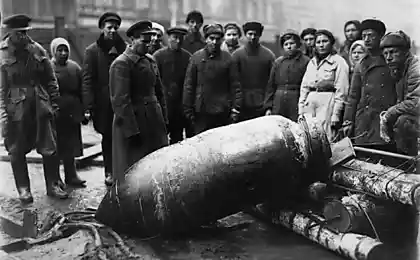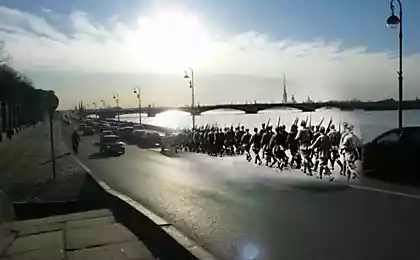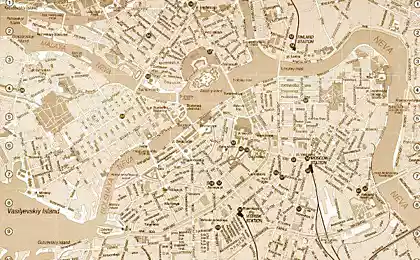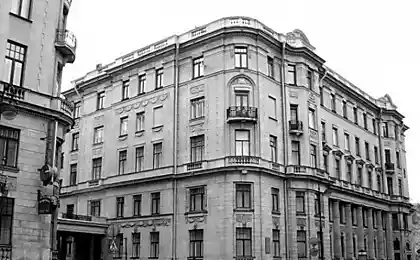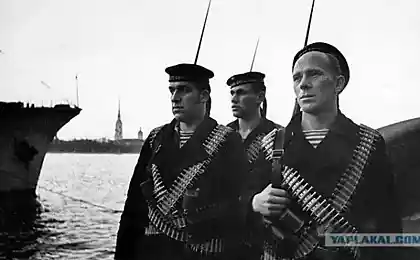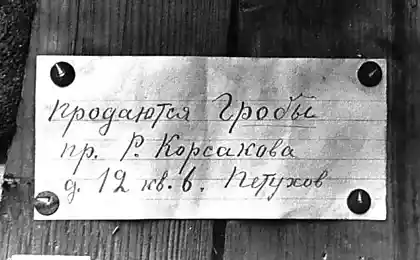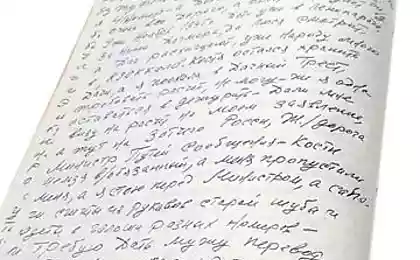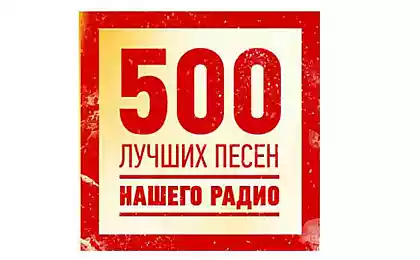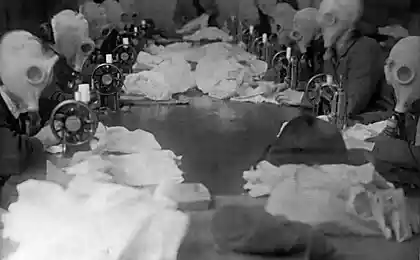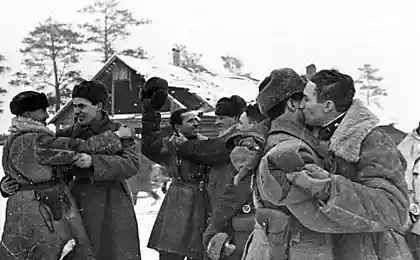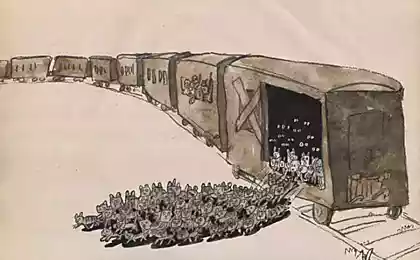1056
Blockade of Leningrad
No matter how many centuries have passed, but this feat no one will forget. During this terrible period, our country has lost more people than the United States and Britain during the Second World War. This terrible, which lasted 872 days blockade will forever be one of the most tragic and heroic pages in the history of the Great Patriotic War.
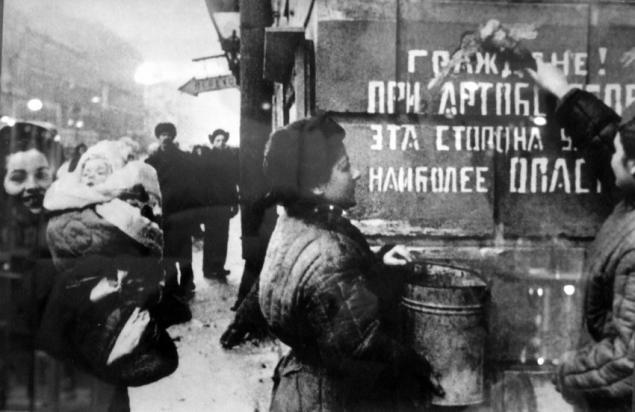
1941, 20 November
In the collective and state farms of the besieged ring fields and gardens have collected everything that could be useful in the food. However, all these measures could not save them from starvation. November 20 - the fifth time the population and for the third time troops - had to cut rations of bread.
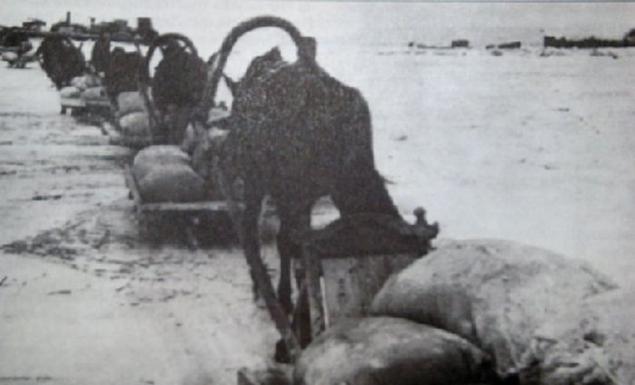
Standards for goods issue ration cards, introduced in the city back in July, due to the blockade of the city declined and was minimal from 20 November to 25 December 1941. The size of the food ration was:
• Workers - 250 grams of bread a day,
• employees, dependents and children up to 12 years - 125 grams,
• Personnel of paramilitary security, fire brigade, fighter units, vocational schools and schools FZO, located on the boiler allowance - 300 grams,
• The troops of the first line of -500 grams.
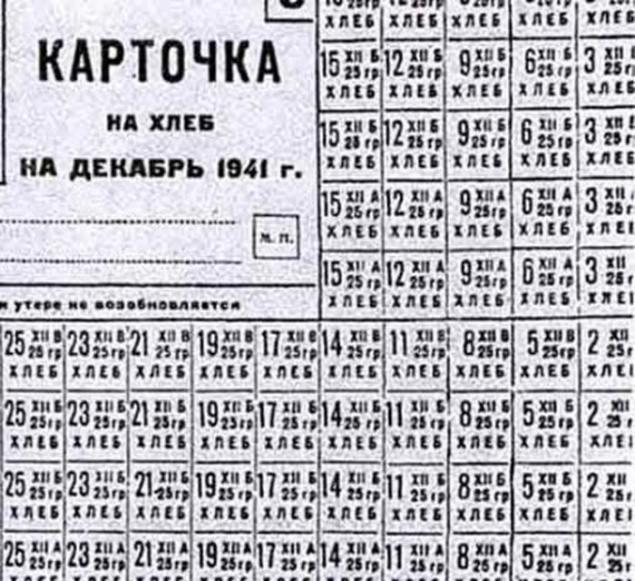
Bread ...
.If This to 50% of bread were almost inedible impurities are added instead of flour. All other products have almost ceased to be issued: September 23 ceased production of beer, and all stocks of malt, barley, soybeans and bran was transferred to bakeries, to reduce the amount of flour. On September 24 the bread was 40% of the malt, and oat hulls, and later the pulp (at different time from 20 to 50%)
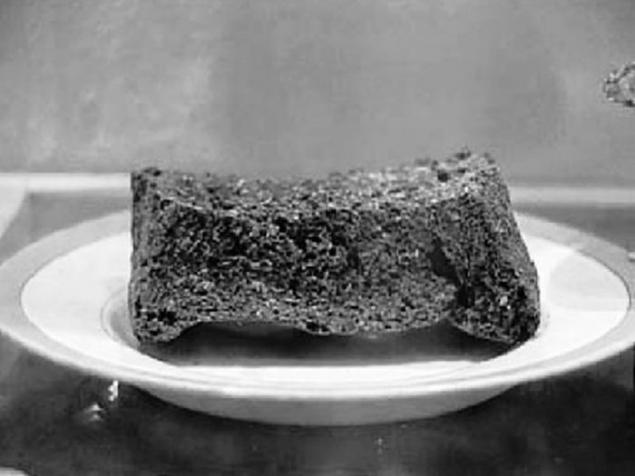
At the same time, the city fought, worked and went to live!
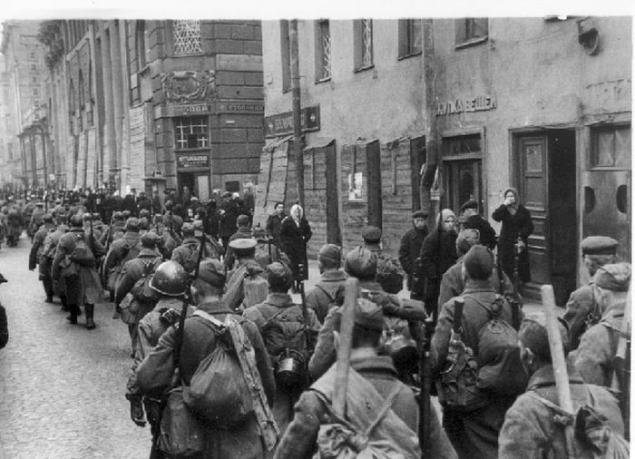
It's hard to imagine all this, we can not express how it could survive. Worked plants to 3 January -day outage - went tram were not closed theaters, cinemas and a zoo, children still go to school and school FZO acted water.
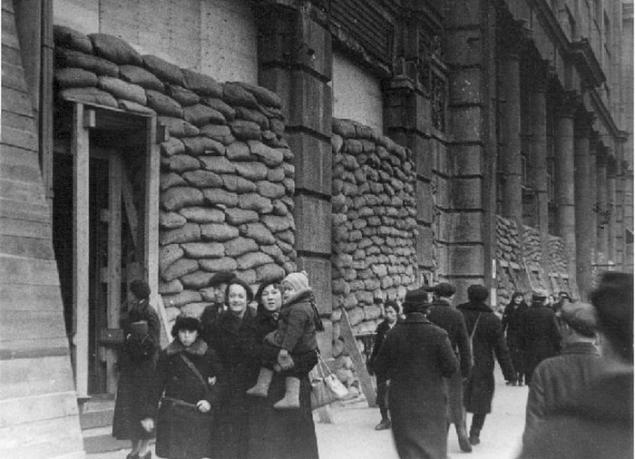
Tram - that's life.
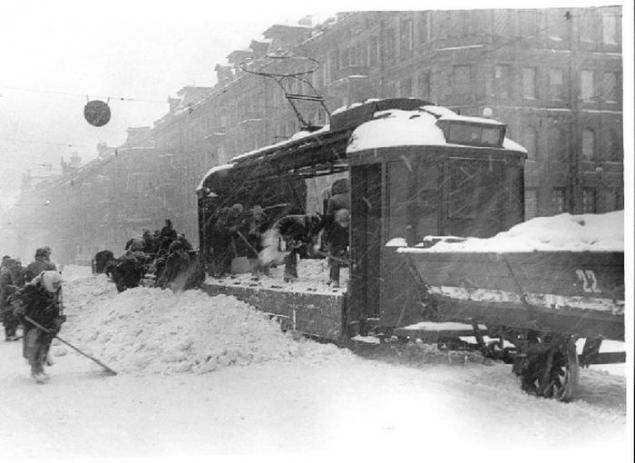
At the cinema.
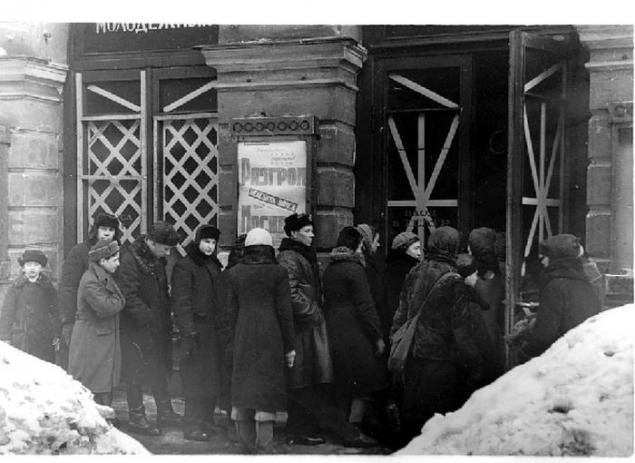
But hunger was collecting his mournful tribute.
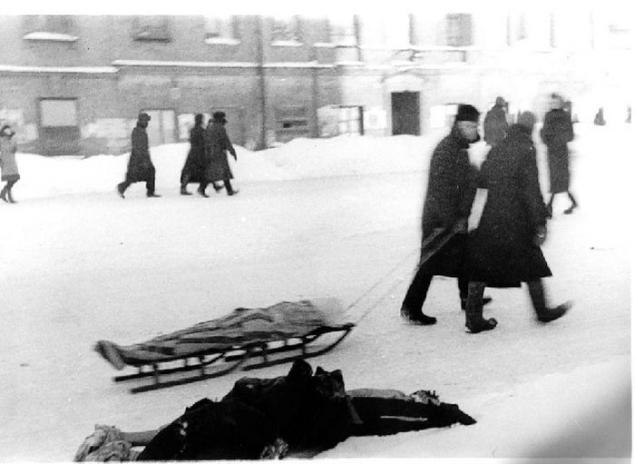
The number of victims of hunger grew rapidly - every day in Leningrad died more than 4,000 people, which is a hundred times higher than the mortality rate in peacetime. There were days when he died 6-7 thousand people.
.. "Now die so simple: first no longer interested in what else, then go to bed and never get up»
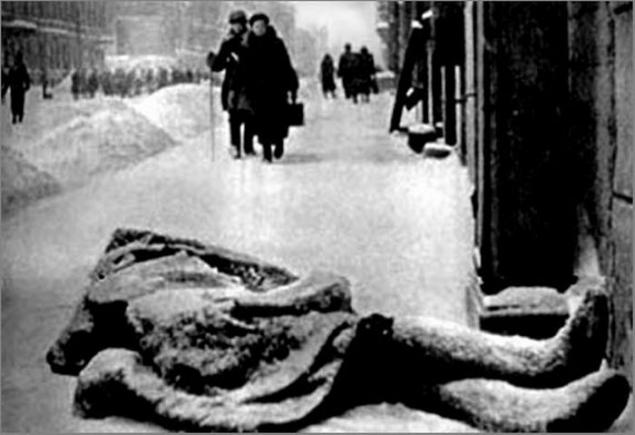
"... The period from mid-November 1941 until the end of January 1942 was the most severe during the blockade. Internal resources at this time were completely exhausted »
... "The death of hosts in the city. People are dying and dying. Today, when I walked down the street, a man walked in front of me. He barely moved his feet. Overtaking him, I involuntarily drew attention to an eerie blue face. I thought to myself, probably going to die. There really can be said that a person's face bore the stamp of death. After a few steps, I turned around, stopped, watched him. He sat down on the curb, his eyes rolled back, and then he slowly began to crawl on the ground. When I approached him, he was already dead. People are so weak from hunger that do not resist death. Die as if asleep. And around half-dead people do not pay any attention to them. Death has become a phenomenon observed at every step. Got used to it, there was complete indifference: do not today - tomorrow the same fate awaits everyone. In the morning, go out, come across dead bodies lying in the alley on the street. Corpses lie long as there is no one to remove them
(from the diaries of the inhabitants of the besieged city) »
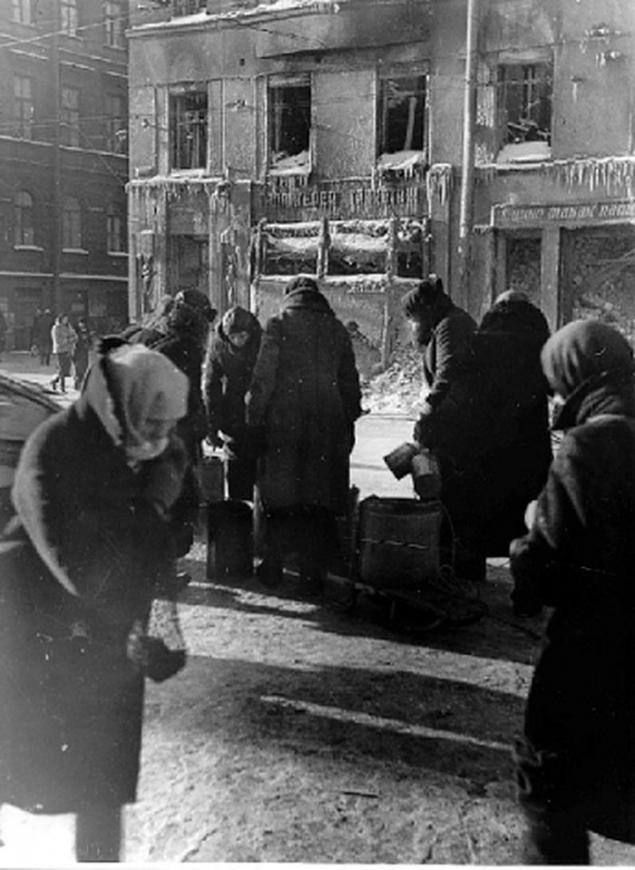
All-on products.
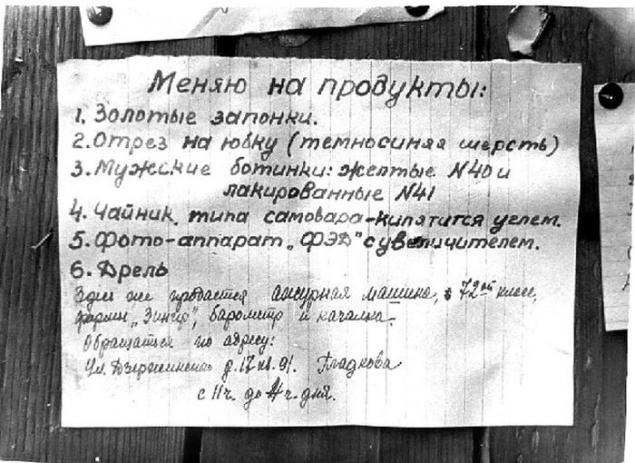
Just Remember residents of besieged Leningrad - adults, elderly and children. Soldiers and sailors, militiamen and vigilantes. Everyone. What they have experienced, they have experienced - it is difficult to even imagine. They deserve -Our good memory ...
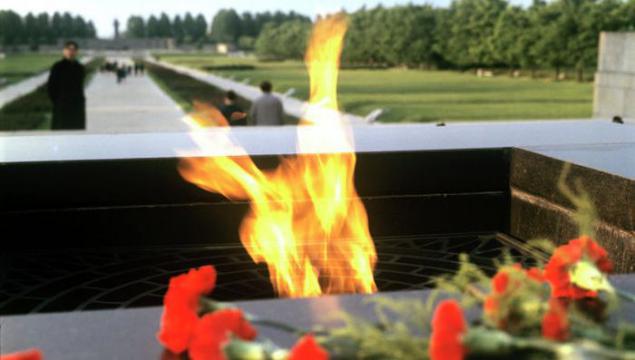
Source: ru.wikipedia.org

1941, 20 November
In the collective and state farms of the besieged ring fields and gardens have collected everything that could be useful in the food. However, all these measures could not save them from starvation. November 20 - the fifth time the population and for the third time troops - had to cut rations of bread.

Standards for goods issue ration cards, introduced in the city back in July, due to the blockade of the city declined and was minimal from 20 November to 25 December 1941. The size of the food ration was:
• Workers - 250 grams of bread a day,
• employees, dependents and children up to 12 years - 125 grams,
• Personnel of paramilitary security, fire brigade, fighter units, vocational schools and schools FZO, located on the boiler allowance - 300 grams,
• The troops of the first line of -500 grams.

Bread ...
.If This to 50% of bread were almost inedible impurities are added instead of flour. All other products have almost ceased to be issued: September 23 ceased production of beer, and all stocks of malt, barley, soybeans and bran was transferred to bakeries, to reduce the amount of flour. On September 24 the bread was 40% of the malt, and oat hulls, and later the pulp (at different time from 20 to 50%)

At the same time, the city fought, worked and went to live!

It's hard to imagine all this, we can not express how it could survive. Worked plants to 3 January -day outage - went tram were not closed theaters, cinemas and a zoo, children still go to school and school FZO acted water.

Tram - that's life.

At the cinema.

But hunger was collecting his mournful tribute.

The number of victims of hunger grew rapidly - every day in Leningrad died more than 4,000 people, which is a hundred times higher than the mortality rate in peacetime. There were days when he died 6-7 thousand people.
.. "Now die so simple: first no longer interested in what else, then go to bed and never get up»

"... The period from mid-November 1941 until the end of January 1942 was the most severe during the blockade. Internal resources at this time were completely exhausted »
... "The death of hosts in the city. People are dying and dying. Today, when I walked down the street, a man walked in front of me. He barely moved his feet. Overtaking him, I involuntarily drew attention to an eerie blue face. I thought to myself, probably going to die. There really can be said that a person's face bore the stamp of death. After a few steps, I turned around, stopped, watched him. He sat down on the curb, his eyes rolled back, and then he slowly began to crawl on the ground. When I approached him, he was already dead. People are so weak from hunger that do not resist death. Die as if asleep. And around half-dead people do not pay any attention to them. Death has become a phenomenon observed at every step. Got used to it, there was complete indifference: do not today - tomorrow the same fate awaits everyone. In the morning, go out, come across dead bodies lying in the alley on the street. Corpses lie long as there is no one to remove them
(from the diaries of the inhabitants of the besieged city) »

All-on products.

Just Remember residents of besieged Leningrad - adults, elderly and children. Soldiers and sailors, militiamen and vigilantes. Everyone. What they have experienced, they have experienced - it is difficult to even imagine. They deserve -Our good memory ...

Source: ru.wikipedia.org
